It’s there in the early videos. The exuberant joy in “How Will I Know.” And how Whitney interacts with her background dancers. Not dancing along, but weaving in and out, striking playful poses, inviting them into the world of the song. A choreography of gathering. Dancers move through the song and video in multiple positions: Besides Whitney. In front of her. Behind her. Ahead of her. And most consistently, with her. They are in such gloriously consistent motion that it’s impossible to get a clear screenshot.
In one of my favorite moments, Whitney stands behind a mock-choir of her dancers. Whitney fans know that choirs feature in many of her videos. Her position intrigues me. Yes, she stands while they are seated or kneeling, but she is behind them, not in front. She yields space to them, situates herself among them. It is not that other singer-performers do not interact with their background dancers: playful sociality is present in Lionel Richie’s “All Night Long” and Janet Jackson’s “What Have You Done for Me Lately?” Yet, the distinction between lead performer and background dancers is always clear. Not so much with Whitney.
In another of my favorite moments in the video, Whitney weaves in and out of a series of doors, encountering various dancers, smiling and laughing. In the final door of the scene, she embraces a dancer and then they collapse into laughter. They are having so much fun. I am drawn to Whitney’s delight, and that wide, wide smile.1
In “I Wanna Dance with Somebody,” the distinction between foreground singer and background dancers is elastic. Moments of loose choreography have Whitney in the center of dancers, standing out in red, but also surrounded as part of the group.
Perhaps it is also that these early, exuberant videos are punctuated by Whitney’s wide, wide smile. The invitation she issued to join in her pleasure. It might be that these videos were exercises in crafting a benign persona, removing Whitney from her background, a claim I’ve seen. Yet, the sociality that moves through them travels along the length of her career: it’s the most consistent element of her visual work. She invites us to gather with her.
“I’m Every Woman,” Whitney’s remake of the Chaka Khan classic, is my favorite example of how Whitney assembles and gathers and invites.
In Chaka Khan’s video, multiple versions of the singer appear, as lead and background. It’s a song of seduction and fantasy, a promise to be all things. It is lush and generous and playful. Perhaps because I watched the Whitney video first, I am struck by how alone Chaka Khan seems, by the burden of being everything for one person, any person. Even with magic and spells.
In Whitney’s version, the video opens with scenes and stills from The Bodyguard: Whitney alone with a microphone, Whitney standing in front of a seated audience, Whitney as a gorgeous black and white still image, Whitney emerging from a limo to a crowd of cheering fans. Whitney alone.
But not for long.
Within the first 30 or so seconds, we see Whitney with others, across generations. And while the voice we hear is hers, the others in the video appear to be singing with her. This is invitation. Join in. Learn with. Play along. This is our song, the video announces. Here, to be every woman is not to take on every role—despite the song’s lyrics. It is to be among others, to learn from them, to honor them, to cherish them.
In the video, Whitney appears singing alongside Chaka Khan, a wonderful moment of tribute and celebration.
Generations expand in this song, multiplying the “me” it’s possible to be, and also situating the possibility of that “me” in a chorus—and gathering—of girls and women.
Here is Chaka Khan as musical legend and inspiration, making Whitney possible. Here are younger women and girls gathered around Chaka Khan and Whitney, presents and futures.
Whitney’s mother, Cissy Houston, also appears in the video.
This is the work of “making generations,” not in the pain-as-duty way mapped in Corregidora, from where I take the phrase. It is how music and movement invite and gather, how they hold and sustain, how the pleasures they give create shareable worlds.
My favorite scene of this video is Whitney with TLC. They hold onto each other, familiar and loving. I like the playfulness of this holding. I like the sense that to be every woman is to be in relation with other women, not isolated, expected to do it all, not Karyn White’s “Superwoman.”
I am trying to get at something about the kind of sociality in Whitney’s videos, one that exceeds the lyrics and frames of the songs. I watch the videos because of how they imagine togetherness. I watch them for the generosity they model: Whitney invites others to join her and, in doing so, invites us to join her.
In “Step by Step,” a solitary Whitney stands on a raised stage as the song starts. Intercut with scenes of an emergency, a fire at a youth center. The moment she starts the chorus, a group begins to enter the scene:
And so while the lyrics indicate a solitary “I” figuring things out—
Well there's a bridge and there's a river that I still must cross As I'm going on my journey Oh, I might be lost
The chorus and the video offer a different narrative:
Step by step, bit by bit Stone by stone, brick by brick Step by step, day by day, mile by mile
As with the videos from the start of her career, this one features loose choreography—I do not mean loose as in uncoordinated. Let’s call it freestyle. The people in the video move in their own styles, as though they are in a club. It’s sociality. It’s difference. It’s variety. It’s beautiful. To be among others is to be among their differences, their different bits and steps and stones and bricks.
This haba na haba narrative—Swahili, I’m not translating—highlights an ethos and aesthetic that runs through Whitney’s body of work: the invitation to be together. To sing together. To dance together. To gather. To assemble. Even the small things—step by step, bit by bit—are better done with others. Mariame Kaba puts it this way: “Everything worthwhile is done with other people.”
I started writing a version of this post several years ago. I was missing Whitney, what it meant for her to be in the world. I still miss her. I offer this writing as one of the many reasons I miss her. And one of the many reasons I’m grateful we got to experience her gifts.

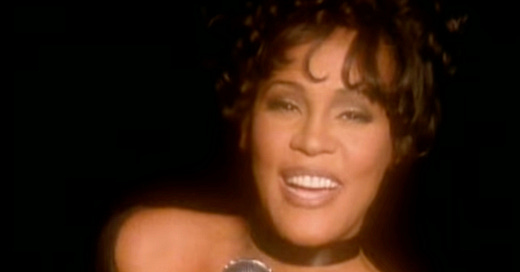



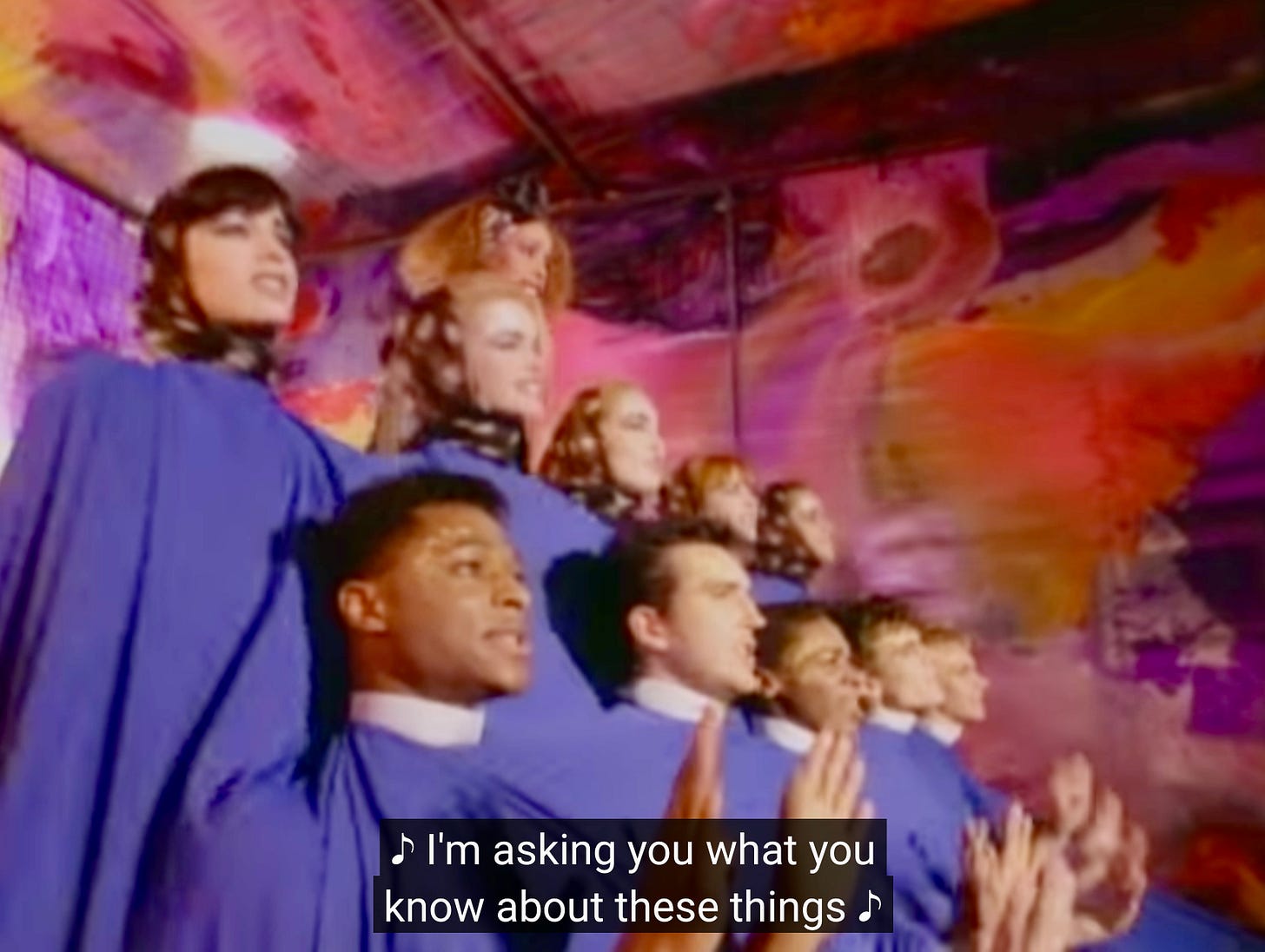
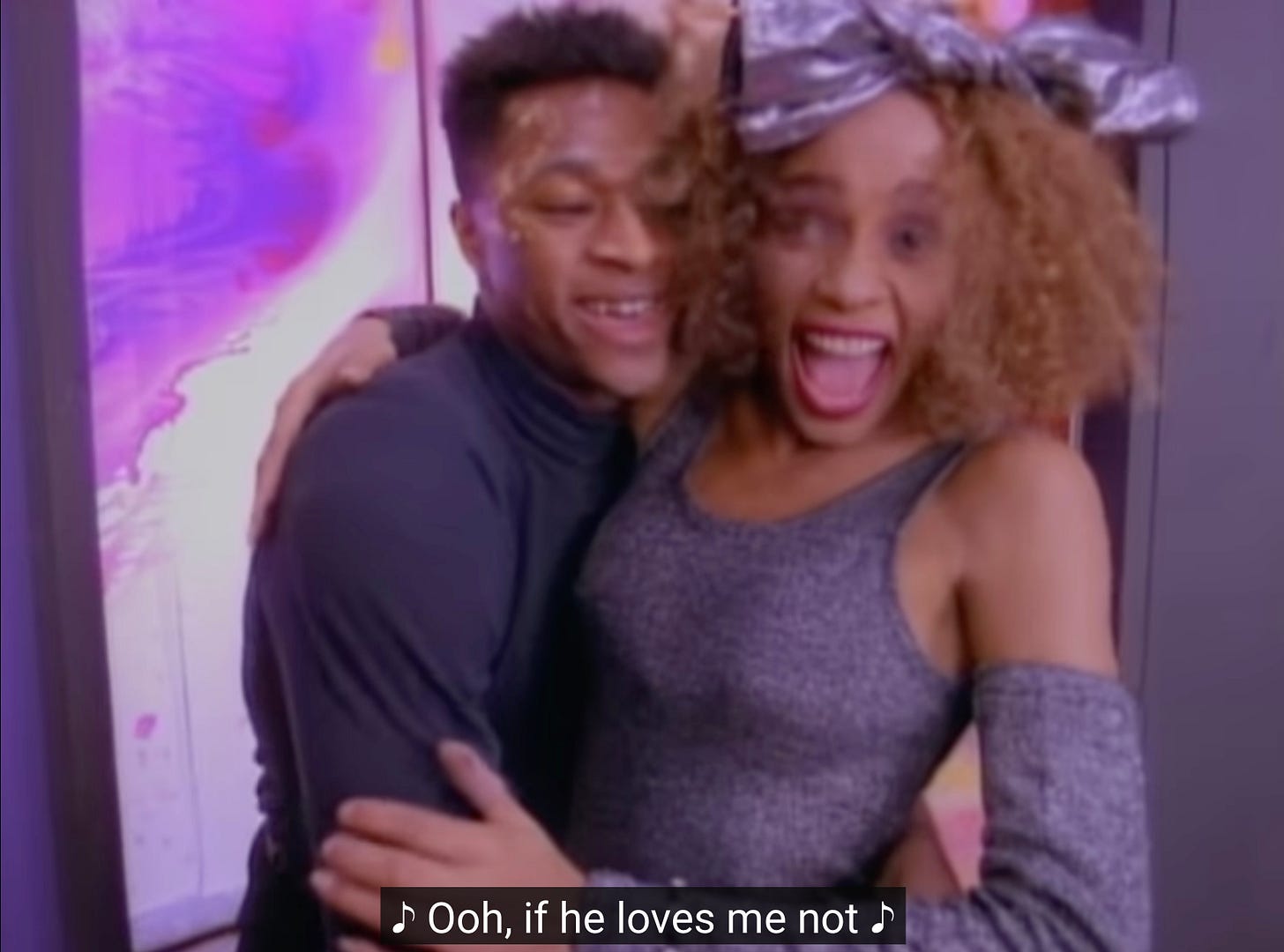

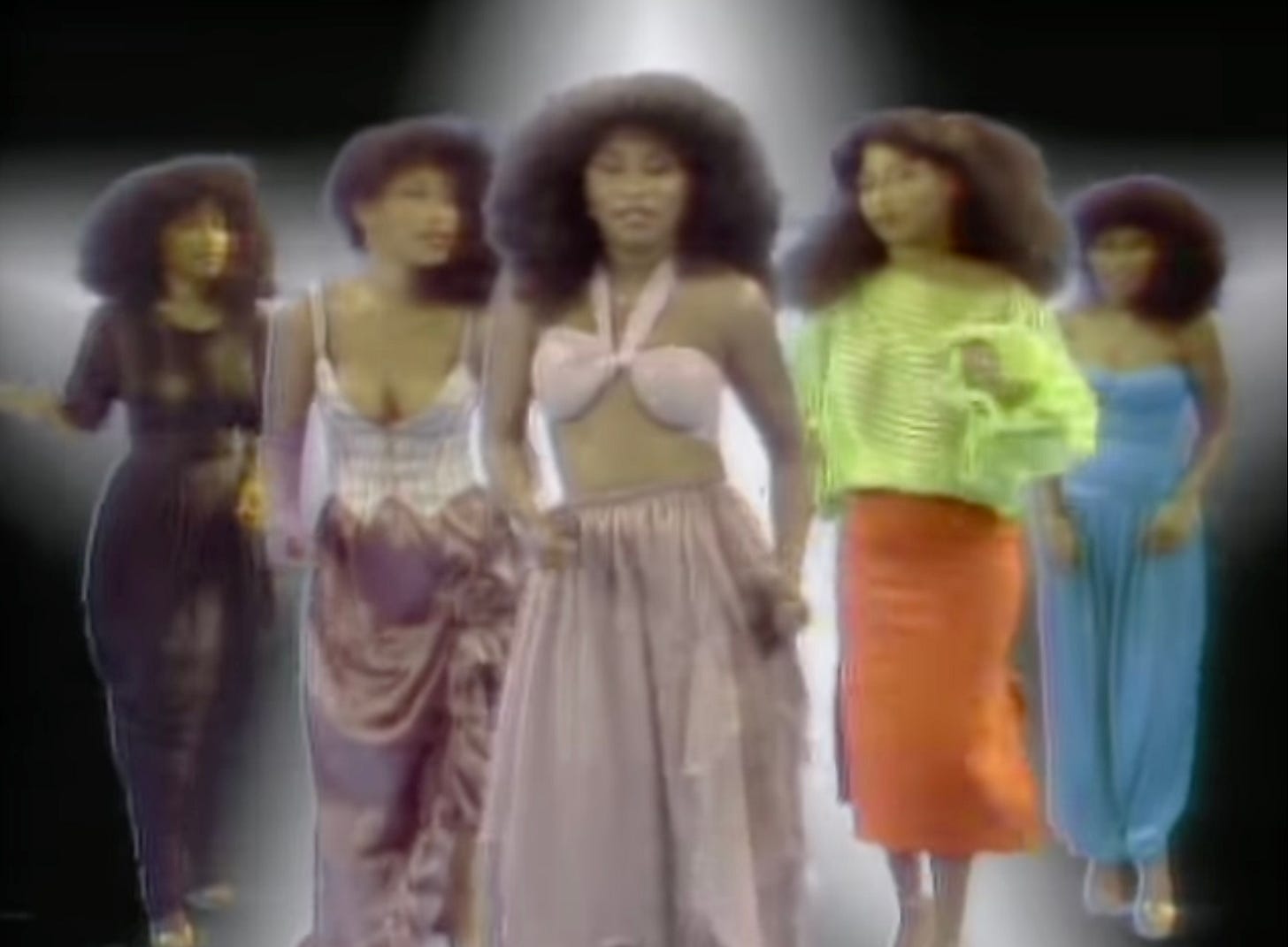

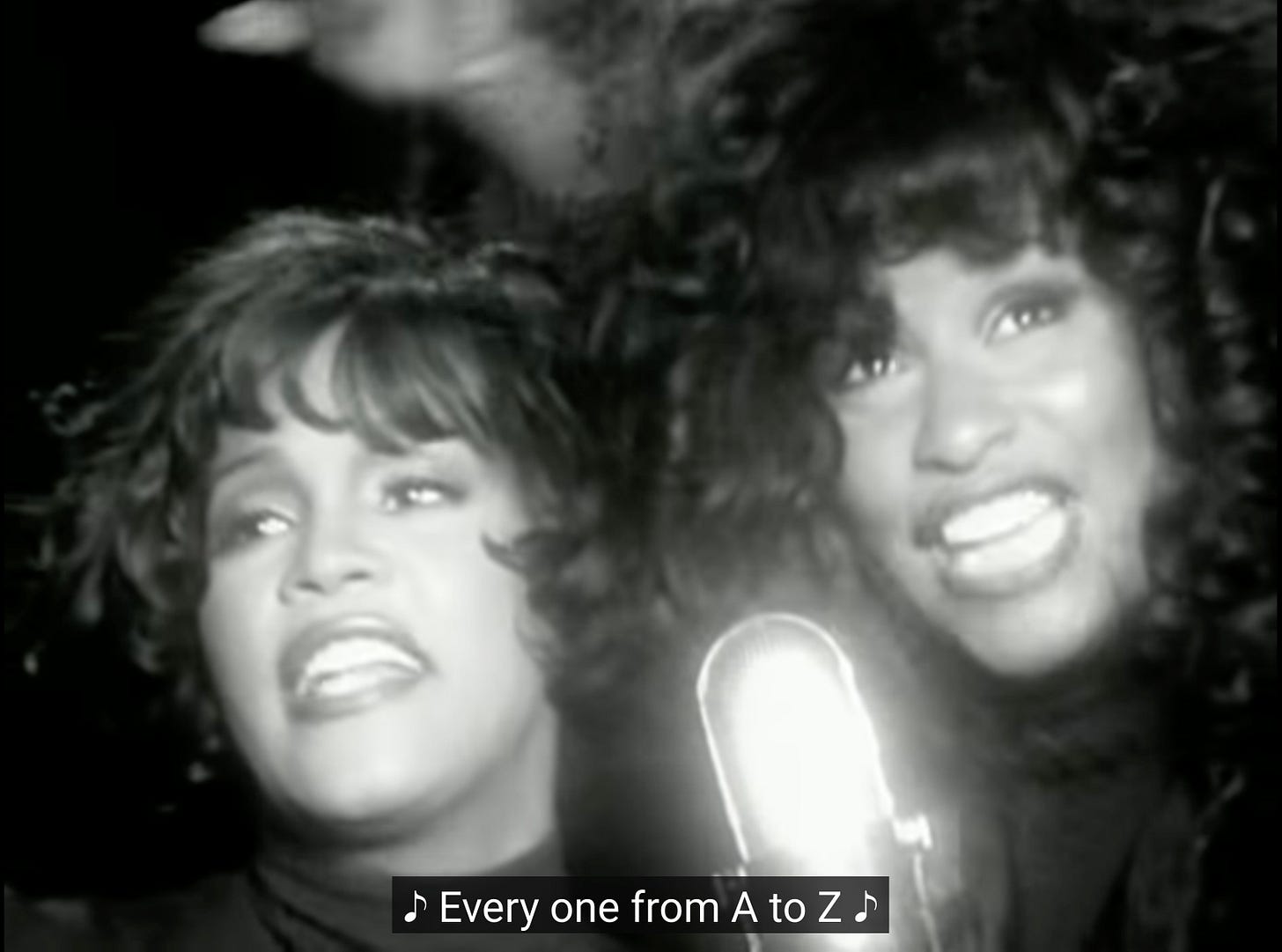

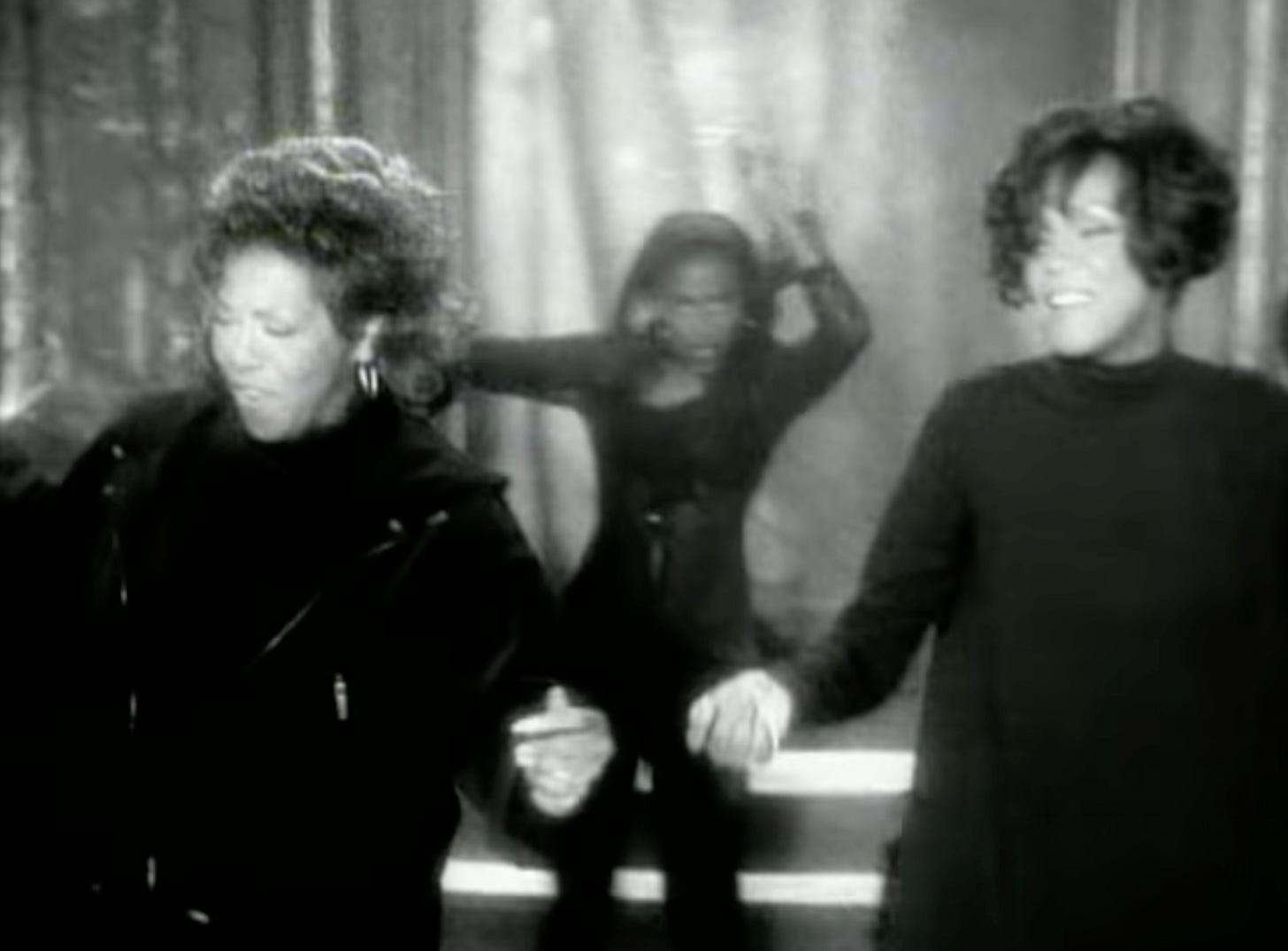
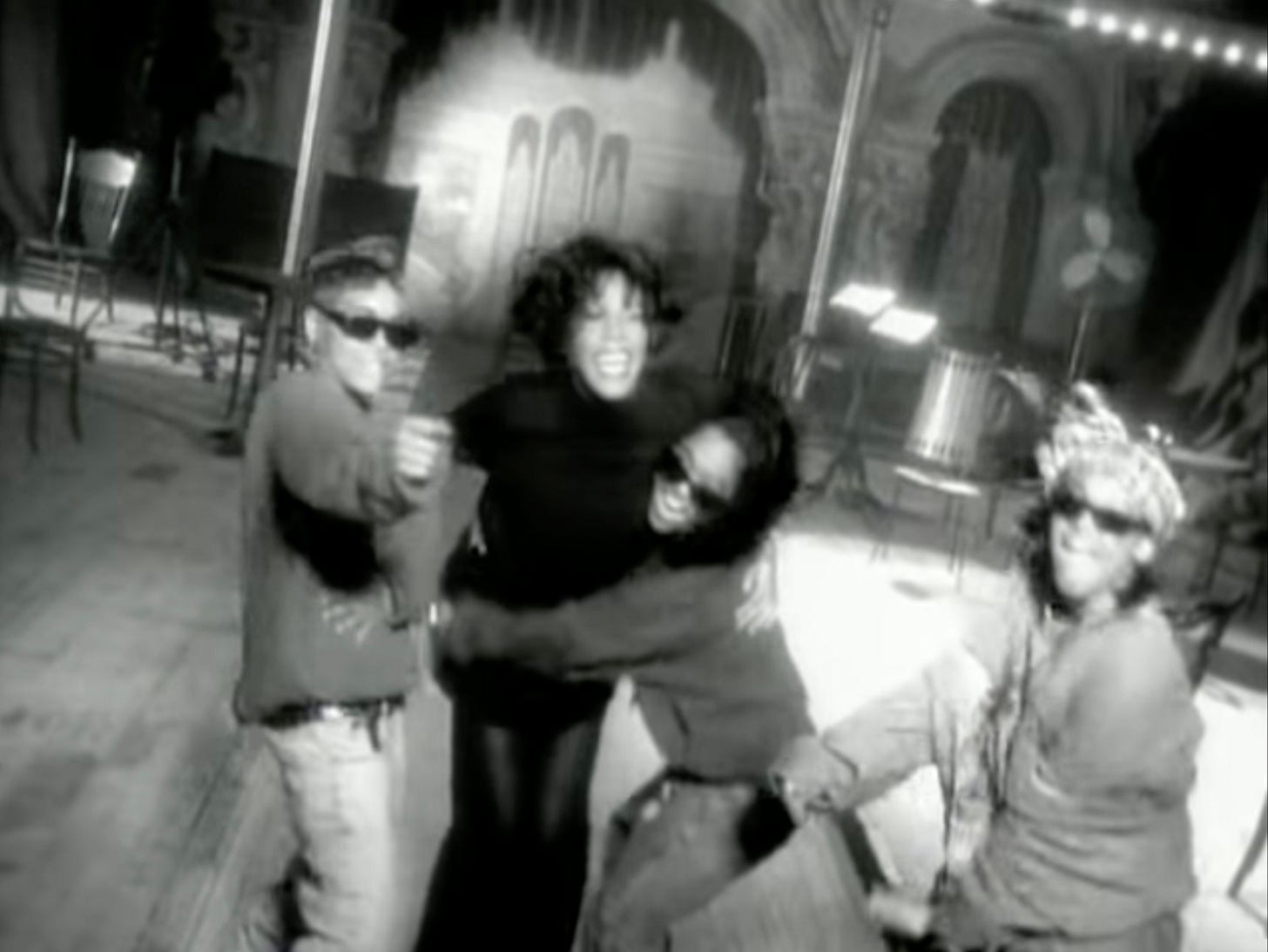
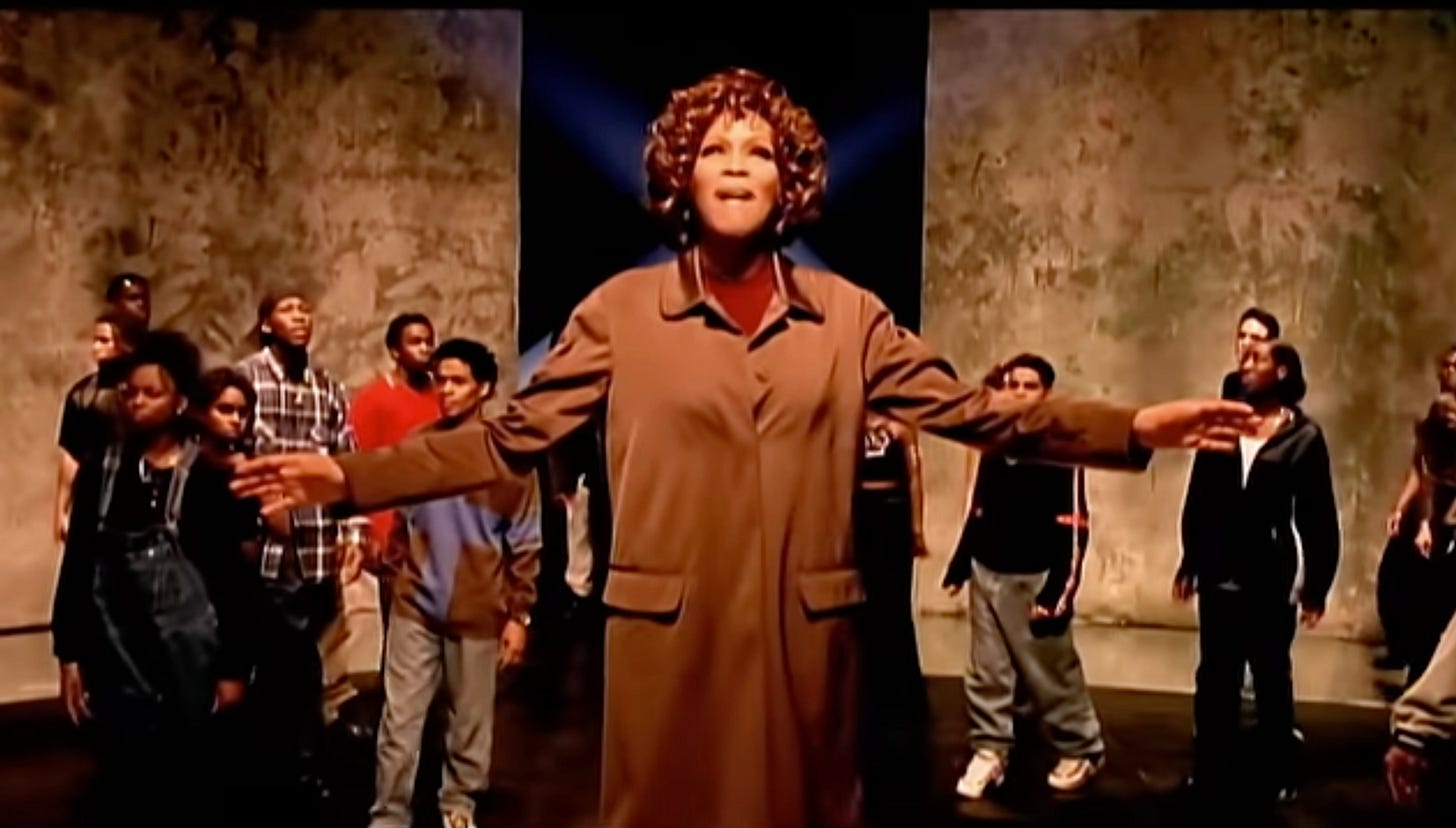
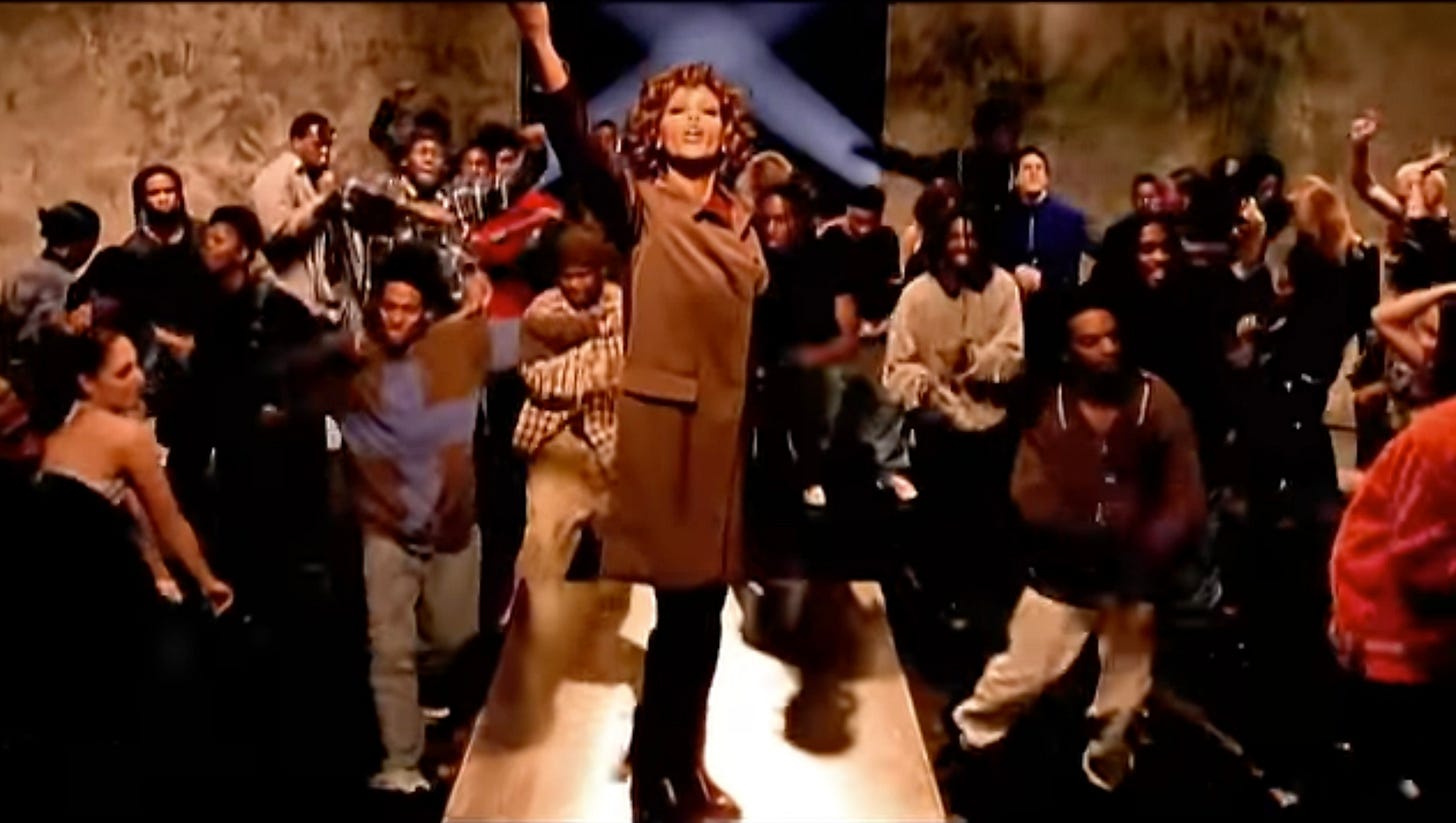
as always, such a beautiful appreciation!
mostly dropping in to name two things that struck me about "Step By Step", which i hadn't thought about in quite a while (maybe since one of the Illustrious Blacks' whitney-centered parties?):
first, on the personal side, i can't hear it without an echo of one of my childhood lullabys in my ear – pete seeger's setting of a 19th century mine workers' union constitution preamble – which feels like it echos what you point out in whitney's song:
Step by step the longest march can be won, can be won.
Many stones can form an arch, singly none, singly none.
And by union, what we will can be accomplished still;
Drops of water turn a mill, singly none, singly none.
second, the river-crossing seems like an image tightly braided into that particular way of speaking individually within a web of "i am because you are" relations: "Many Rivers to Cross"; "Michael, Row the Boat Ashore", and so many others.
“I like the sense that to be every woman is to be in relation with other women, not isolated, expected to do it all...” ✨🤌🏾